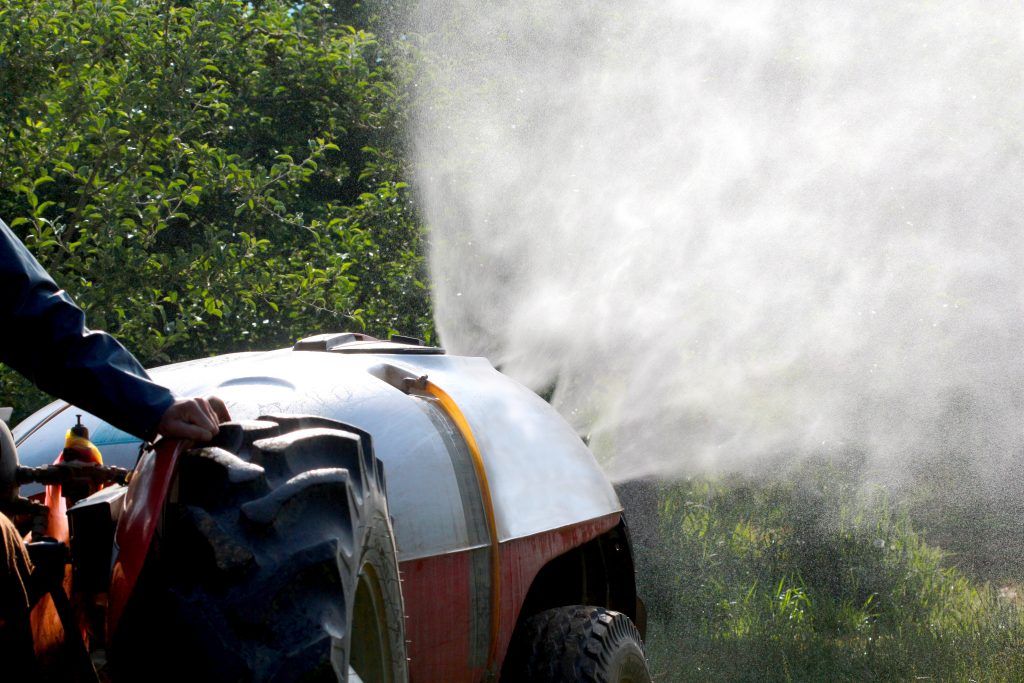By Clint Thompson
It is vital that pecan producers keep their fungicide sprays applied during periods of rainy, cloudy weather – like the conditions experienced during the past couple of weeks.

But it can be challenging for growers to find a clear window to spray and not be canceled out because of impending rain showers. It can be a difficult to hurdle, says Lenny Wells, University of Georgia (UGA) Extension pecan specialist. He provided the estimated length of time that certain fungicides would need to be applied before the next rain event.

“As a rule of thumb, your systemic materials, like your phosphites and ones that have local systemic activity like Miravis Top or Absolute or some of the Group 3 or Group 11 materials, they’re going to need a minimum of 5 to 6 hours. Something that’s just a pure protectant material like your Tin or Dodine, which everybody knows is Elast, those materials as pure contact materials, they need probably 24 hours, ideally,” Wells said.
According to the UGA Extension Pecan Blog, the best options for scab control during the nut sizing period of June to August will be Miravis Top, Miravis Prime or Dodine (Elast).
“Growers should rotate either Miravis Top or Miravis Prime with some form of Dodine, whether you use Dodine alone or tank mix it with Tin,” Wells wrote. “Under regular conditions, you likely won’t see a lot of difference in Miravis Top and Miravis Prime. Under the extreme conditions we are experiencing, I would say that if there is a scenario where the use of Miravis Prime would be justified, this is it.”
Wells also implores growers to tighten spray intervals. Frequent applications every 7 to 10 days are needed to control scab on vulnerable varieties.
Scab is a fungal disease that infects the leaves or nuts of pecan trees. If it affects the nut early enough, scab can cause the pecan to blacken and fall from the tree.









